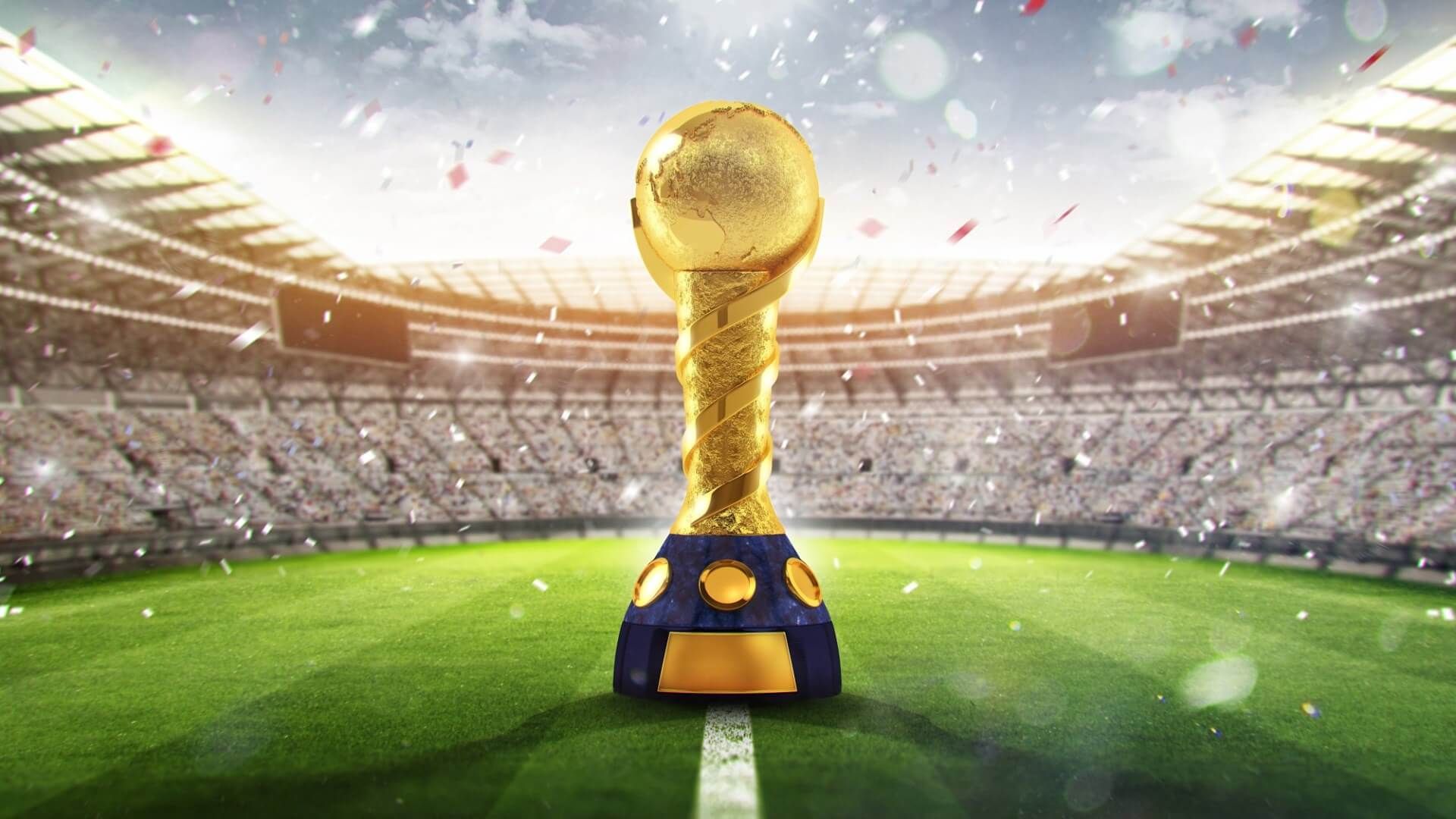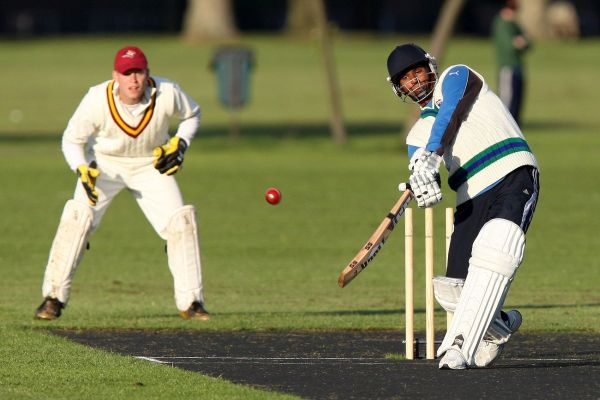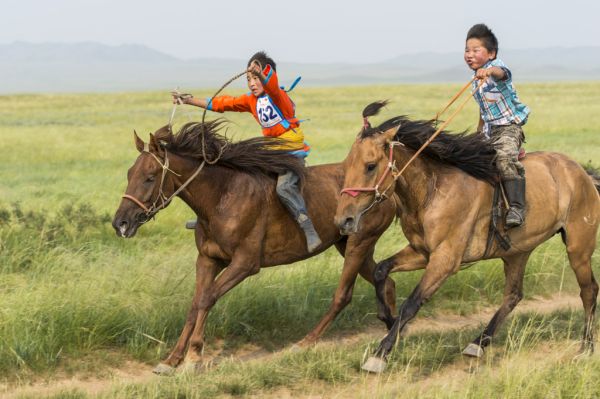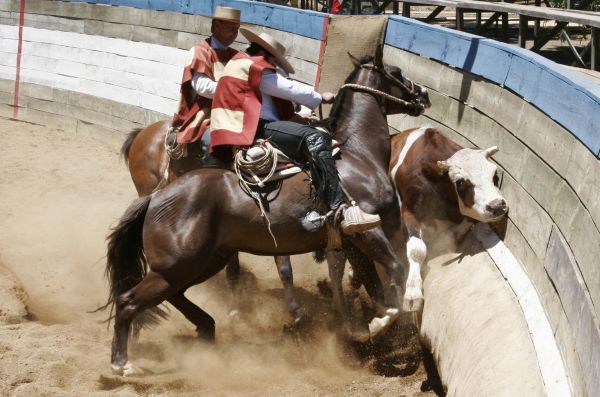
When Sport Doesn’t Rhyme With Soccer
As we Italians are well aware of, soccer is one of the most popular sports in the world. Europe, the Americas, Africa, Asia, you name it: each continent has plenty of countries that go crazy for this game. No wonder every 4 years the World Cup competition becomes an international affair that almost nobody can resist. However, not every country is so fond of it or, even when they are, some are equally passionate about other traditional sports. That’s why, right in the middle of the European championship that gets huge international coverage, we decided to go against the tide and pick the most fascinating non-soccer related sports in the world. Here’s our list!
IRELAND – GAELIC FOOTBALL

Imagine a sport that allows you to kick the ball or punch it. A sport where you can score 3 points by sending the ball into the other team’s goal, but you can still score 1 point even if you kick or punch the ball between two upright posts above the goals, over a crossbar 2.5 metres above the ground. That’s Gaelic football and Irish people are crazy about it! In fact, it’s Ireland’s most popular sport with 34% of the population following it. Boring feet-only traditional football has less than half the followers.
UNITED KINGDOM (OR INDIA?) – CRICKET

Looking for a little of sport rivalry? Your first guess may be football, but what many of you don’t know is that cricket animates rivalries so fierce that would make the most passionate soccer fans turn pale in comparison. The first registered international cricket match was played in 1877 and saw Australia beat England, shaping a long term antagonism between the two national teams. After Australia defeated England on English soil in 1882, a young London journalist even wrote a mock obituary to ‘English cricket’, suggesting that its ashes would now been taken to Australia. For this reason series between the two countries are known as ‘The Ashes’ to this day.
Cricket rivalry is not just limited to England though! The sport is also extremely popular in former British colonies, with the most notable rivalry known to this sport being that between India and Pakistan. The antagonism is so fierce that The Observer has even included it among the ten greatest rivalries in the history of sport.
OTHER EUROPEAN EXCEPTIONS
Although Europe is definitely the most soccer-oriented continent, there are five European countries that surprisingly don’t care that much about soccer. Many of you probably don’t know that people in Latvia and Lithuania are fond of basketball, while the northernmost Baltic state, Estonia, holds skiing as its favourite. The last exception is Finland, where most people play ice-hockey, the reason presumably being that even if they tried playing football, they wouldn’t be able to get rid of the ice!
CHINA – TAIJIQUAN
Although Chinese people are huge soccer fans and the sport is gaining more and more popularity every day, not that many Chinese practice it yet. Could that have to do with the fact that China’s national team has qualified for the World Cup only once in his entire history (and even then lost all the matches it played)? Maybe, but jokes aside, besides western games such as soccer and basketball, traditional martial arts are also very popular in China. The most common of them is probably taijiquan – known among westerners as tai chi – a kind of boxing made of slow movements, that combines control of breath, mind and body and is also regarded as form of meditation. Taijiquan’s popularity is so widespread in China, that if you went for a morning stroll in the parks of any Chinese city you would probably stumble across a group immersed in daily practice.
MONGOLIAN PRIDE

Squeezed between taijiquan-devoted China and football-addicted Russia, Mongolia’s sport choice makes the country stand apart. Football doesn’t even figure among the most diffused sport, as Mongolians prefer archery, Mongolian wrestling and horse racing. Clearly, this has to do with their glorious past as warriors, that seems still alive among the population (don’t forget that Gengis Khan was nominated “Man of the Millennium” not many years ago).
CHILE – RODEO AND PALÍN

While football is definitely the most popular sport in South America, Chileans are really fond of another game too – the rodeo chileno. Reasons for its popularity abound. The game has a long tradition- it was born about 400 years ago during the colonial period – and it’s just insanely cool. It consists of two riders (huasos) riding big horses around a middle-moon-shaped arena trying to stop a bullock by pinning it against large cushions. It’s basically a much less gruesome version of the Spanish corrida but with cowboys instead! No wonders in 2004 rodeo matches in Chile got even a wider audience than football ones.
The rodeo might be the most popular sport in Chile, but the title for the most ancient one goes to palín – a game similar to hockey which dates back to over a thousand years ago. Palín originated in Southern Chile among Mapuche people, the biggest ethnic group of the area. Palín is not just a sport, but also a ritual celebration that aims at strengthening relationships between individuals and communities. Despite its pacific intents, in an attempt to undermine Mapuche culture and traditions, palín was declared illegal in 1626, with the pretext that it promoted sexual promiscuity as both men and women could play it. Nevertheless palín survived until today and it has even been recognised as national sport in 2004.
Lucia Ghezzi, Sara Gvero, Emilia Marzullo, Margherita Ravelli
archery, british colonies, Chile, china, cricket, featured, football, Gaelic football, horse riding, india, Ireland, Mongolia, palin, rodeo, soccer, Sport1, sports, Taijiquan, UEFA, united kingdom, World Cup, wrestling